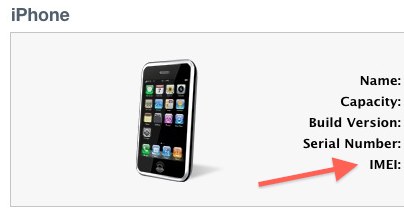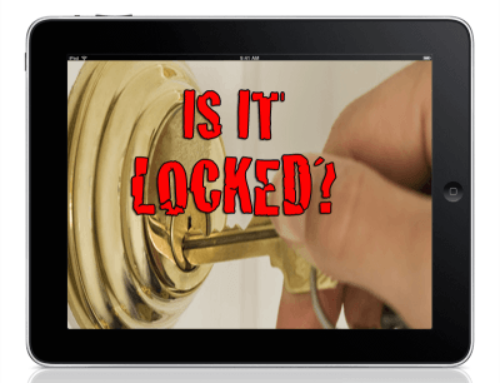First point is it is unsafe to give the IMEI number out to anyone as that the IMEI is what thieves use to clone stolen phones.
IMEI stands for International Mobile Equipment Identity, you can think of IMEI like a serial number in that every iPhone, or other mobile phone for that matter, has a unique IMEI number used to identify it with carriers, manufacturers, and providers.
There are several reasons you’d want to know your IMEI
What is your Cell phone IMEI #?
It is the MFG product Handset identification and serial number and identifier.
Check the IMEI now on your phone
1: Dial *#06# to get any IMEI
Before trying anything else, you can dial *#06# on your iPhone (or any mobile phone), this should retrieve the IMEI number. If that doesn’t work for whatever reason, or if the phone is turned off, you can use one of these methods to retrieve the IMEI.
2: Get iPhone IMEI from the iPhone
This is the same on any iPhone and any iOS version:
- Tap Settings
- Scroll down to and tap on “General”
- Tap on “About”
- Scroll down and look for “IMEI”
- These numbers are your IMEI, on the iPhone they are usually listed like: xx xxxxxx xxxxxx x
You can also find IMEI from iTunes:
3: Get an iPhone IMEI Number from iTunes
If your iPhone is connected to iTunes you can grab the IMEI number from the app:
- Select your iPhone from the iTunes menu
- In the “Summary” tab click on your phone number to reveal the IMEI number

4: Get the IMEI number from the iPhone back or SIM card holder
All iPhone models will include the IMEI number on the actual device itself. For iPhone 5 and newer, you will find the IMEI printed on the back of the phone in small print. With iPhone 4S and older, the IMEI is printed on the actual SIM card slot, so just eject the card holder and read the printed numbers.
Why would you need the IMEI number?
There are plenty of reasons, ranging from theft protection and insuring a device, to setting up an iPhone as a pay-go phone but here’s a few of the most common reasons people need a devices identity number:
- If your phone ever gets stolen: your cellular provider can typically ban a phone from accessing the network via it’s IMEI, this is nice because the IMEI is attached to the phone itself and not the SIM card, meaning the entire phone can be blacklisted from a network which renders a stolen phone mostly useless.
- iPhone Pay-As-You-Go: You’ll need the IMEI when you call AT&T for setting up an iPhone 4 as a pay-go phone on their network, this is how they identify the phone
- Permanent iPhone unlock services: these require the use of your iPhone IMEI number, which is then added to an unlock database at a carrier. These services are sometimes questionable, so be cautious with signing up for them
- Unlock with AT&T: If you request an official unlock through AT&T’s web unlocking service, you will need to have an IMEI number so that they can reference the device and complete the request
Tmoblie Website
http://www.t-mobile.com/verifyIMEI.aspx







